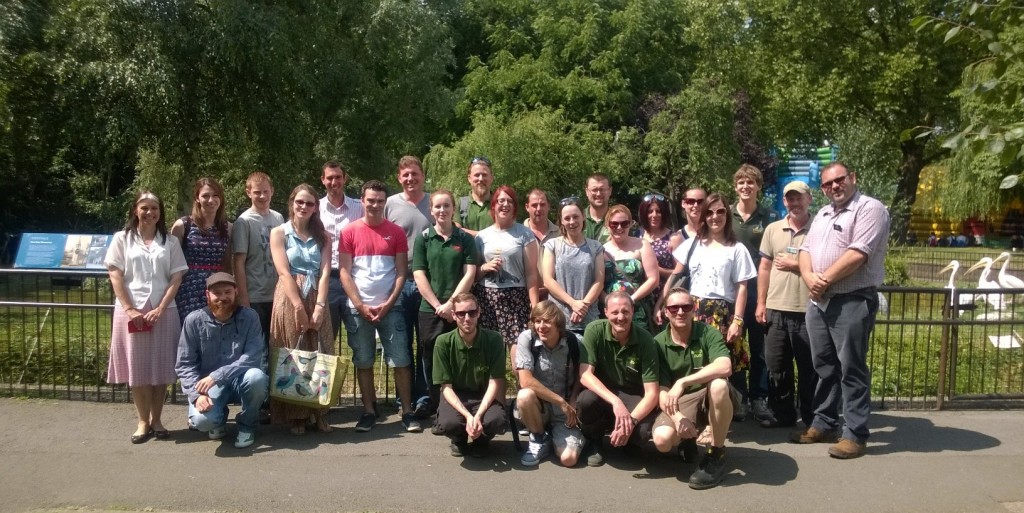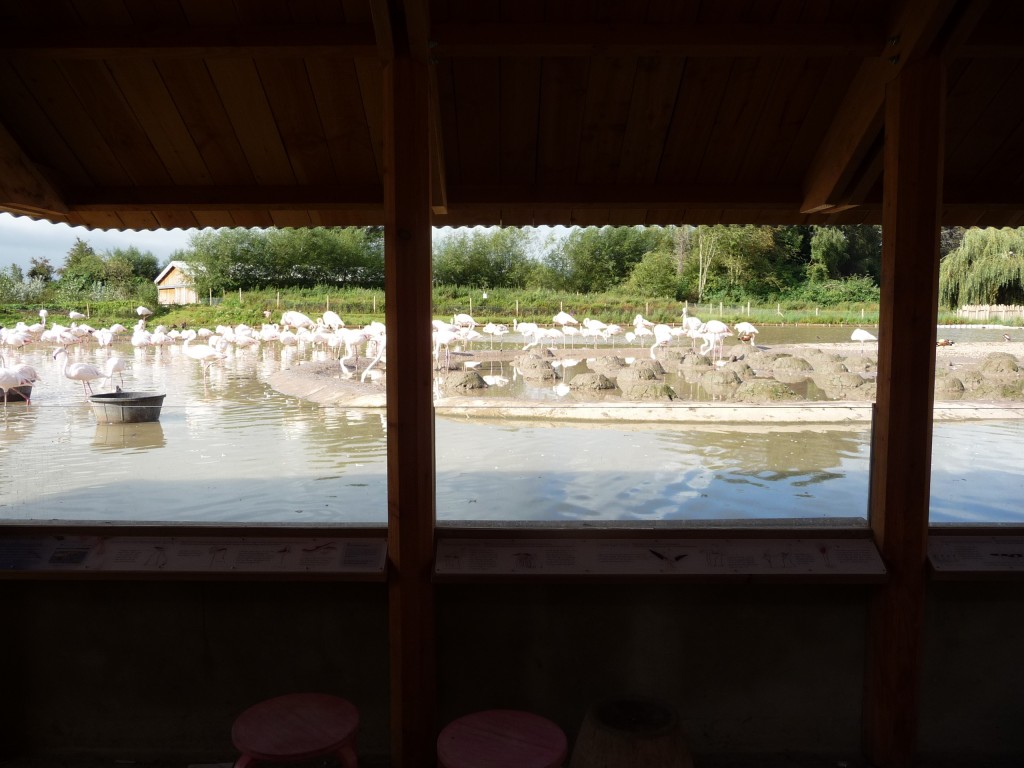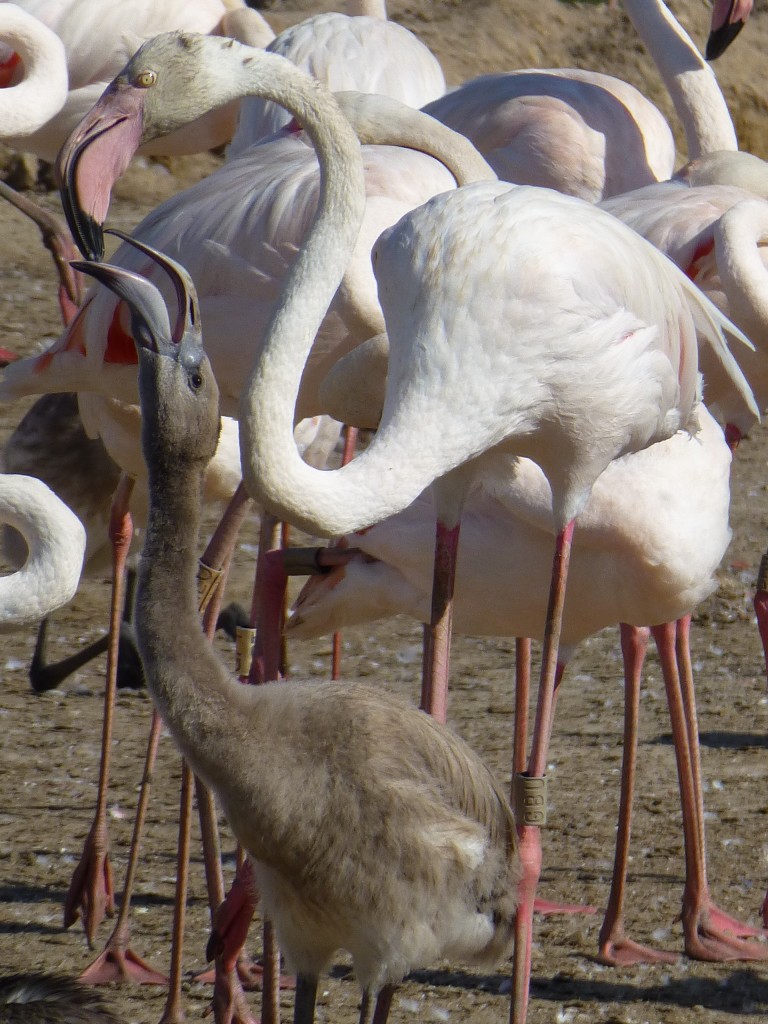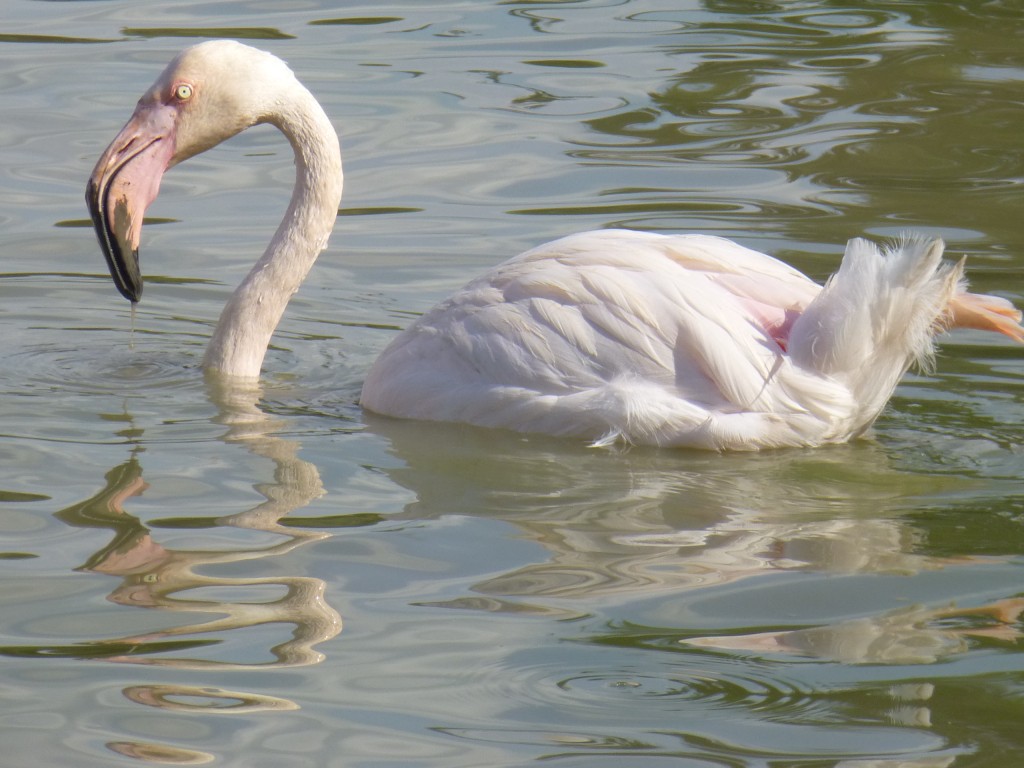How much is there to know about flamingos?
To answer the title of this post, still quite a lot! Last week, on Thursday 24th, I helped to run a workshop at London Zoo to help advance and further our understanding of flamingo keeping. What helps keep the birds happy in their enclosure? How can we better understand their behaviour patterns? Slimbridge aviculturists Sparky and Phil attended and gave valuable input into discussions about feeding, breeding, housing, health-checking and catching-up these ever so special of birds. It was great to see WWT helping to lead the way of modern-day flamingo care alongside of other experts from other animal collections.

This event was also an opportunity to show off WWT Slimbridge's fabulous "Flamingo Lagoon" exhibit, which has just celebrated its second birthday. As a means of explaining and promoting flamingos to visitors to the animal collection, this enclosure does a brilliant job of reducing the boundary between the natural world and the human world. The closeness of the birds over this nesting season has been a real treat to enjoy. It really is a privileged view into the heart of the flock.

This year's crop of chicks are growing up fast. But that still doesn't mean they are completely independent of their parents. Flamingo crop milk is a rich and nutritious supply of protein, fat and carbohydrate that helps the chicks grow up big and strong in the shortest space of time possible. The adult bird dribbles this "homemade" food down its curved beak and into the open bill of the youngster, as can be seen in the photo below. Flamingos in the wild nest in some rather unpleasant environments, so chicks do not have the luxury of hanging around for ages waiting for their legs, wings, feathers and specialised beaks to grow. But don't worry if this growth spurt means you missed out on seeing them as small furry bundles; the Caribbean and Chilean flocks are well and truly in the "baby making" swing of things too. More on that in another post...

The wide range of different habitats within Flamingo Lagoon keeps the flamingos occupied throughout the day and night. They are now breeding successfully and are not phased by having visitors observe them so closely. And how do we know there are some happy flamingos? They get to go swimming. Wouldn't that make you happy to?! So make sure you make some time to stand and watch!




